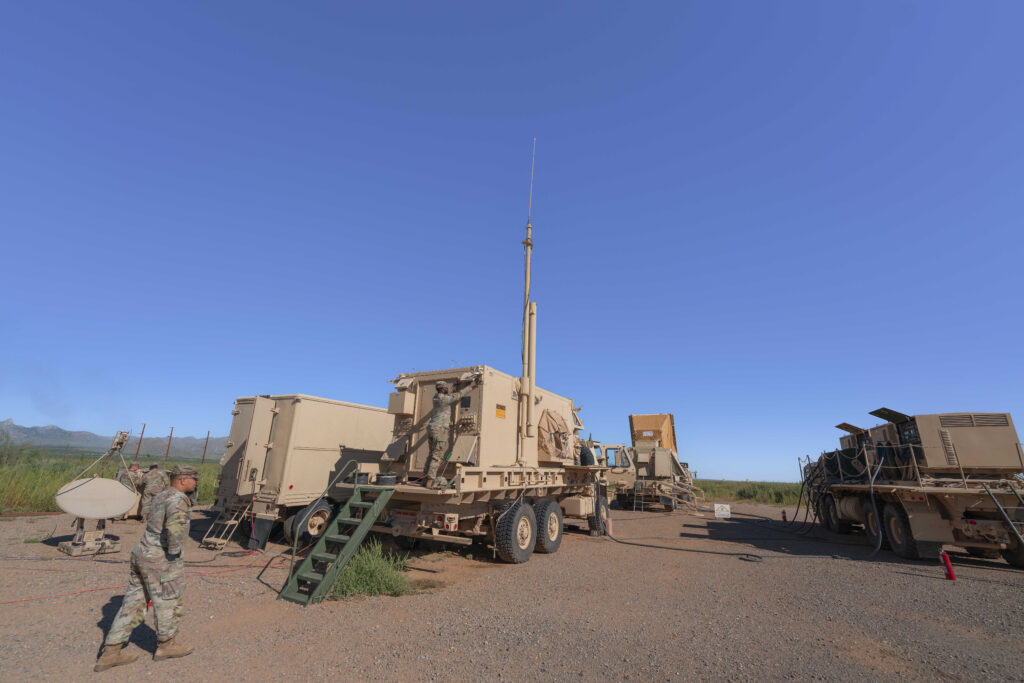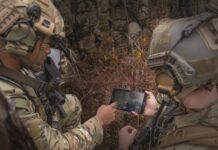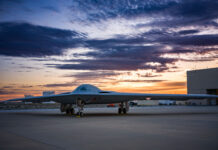Northrop Grumman’s Integrated Battle Command System (IBCS) has been approved for full-rate production (FRP) by the US Department of Defense (DoD), the company announced on 13 April 2023.
The decision scales up the US Army’s ability to field the IBCS, which integrates all available sensors and shooters to deliver decision-quality, fire control data across joint networks. This capability provides increased 360-degree situational awareness, more effectively manages resources, and enables integration across coalition partners.
The FRP green light “also affirms IBCS’s role as the cornerstone of the US Army’s air and missile defense modernization strategy”, Northrop Grumman stated in a press release.
“IBCS transforms the battlespace by fusing data from any sensor to create a single integrated air picture, allowing commanders to see the battlespace and use the best weapons to defeat complex threats,” Rebecca Torzone, Northrop Grumman’s vice president and general manager for combat systems and mission readiness, was quoted as saying in the company release. “Northrop Grumman shares the US Army’s commitment to the rapid deployment of IBCS.”
The FRP decision enables the US Army to set the fielding schedule for IBCS to operational air defence units. The system provides state-of-the-art, all-domain command and control for integrated air and missile defence for US interests across the globe.
Poland has also selected IBCS to serve as the centerpiece of its air and missile defence modernisation process, with Northrop Grumman noting that, as the system is increasingly adopted by more US allies and partners, it will enable high levels of interoperability and network integration among coalition forces.
Northrop Grumman was initially awarded a USD 1.4 Bn (EUR 1.27 Bn) production contract for low-rate initial production and full-rate production in December 2021. The IBCS programme then completed initial operational test and evaluation in late 2022. Initial operational capability for IBCS is now on track to be declared in 2023.

In November 2022 IBCS successfully intercepted a cruise missile target using a Patriot interceptor without having a Patriot radar in the system architecture. The test demonstrated the flexibility of the IBCS architecture and its capacity to optimise the capabilities of integrated sensors and effectors onto its network.
As described by Northrop Grumman, IBCS “implements a modular, open and scalable architecture that is foundational to integrating available assets in the battlespace, regardless of source, service or domain onto a common fire control network. Its architecture enables the efficient and affordable integration of current and future systems and extends the battlespace by disaggregating sensors and effectors. By enabling this high level of network integration, the warfighter is given unprecedented time to make decisions within the kill chain. Through numerous successful development and operational tests and demonstrations, IBCS has proven its capability to connect and fuse multi-service sensor data to multi-service weapons, demonstrating Joint All Domain Command and Control (JADC2) capabilities.”
Peter Felstead












